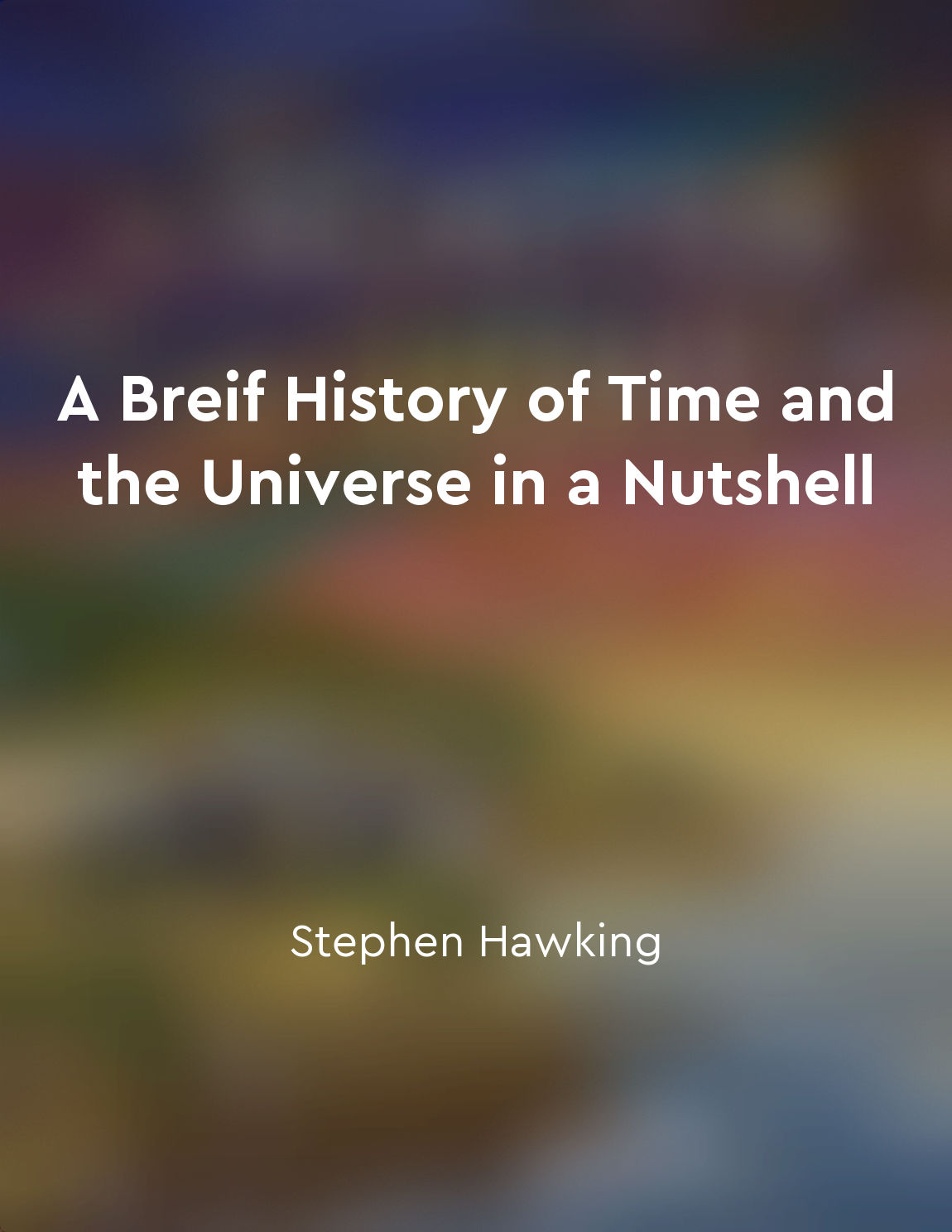String theory describes fundamental particles from "summary" of A Breif History of Time and the Universe in a Nutshell by Stephen Hawking
String theory is a revolutionary idea in the field of physics that attempts to describe the most fundamental building blocks of the universe. According to this theory, the basic entities that make up everything in the cosmos are not point-like particles, as previously believed, but rather tiny, vibrating strings. These strings can oscillate at different frequencies, giving rise to the various particles and forces that we observe in nature. One of the key insights of string theory is that the different particles we see in the universe are actually just different modes of vibration of the same underlying string. In other words, electrons, quarks, and photons are all manifestations of the same fundamental object, just vibrating in different ways. This unification of seemingly distinct particles is a major achievement of string theory and has the potential to revolutionize our understanding of the universe. By describing particles as strings rather than points, string theory is able to address some of the most pressing problems in modern physics, such as the unification of the four fundamental forces and the reconciliation of quantum mechanics with general relativity. These issues have long plagued physicists and have remained stubbornly resistant to traditional approaches. However, string theory offers a promising new framework for tackling these challenges and potentially unlocking the deepest secrets of the cosmos. Furthermore, string theory also has the remarkable property of predicting the existence of additional dimensions beyond the familiar three spatial dimensions and one time dimension. These extra dimensions are compactified and curled up at incredibly small scales, making them invisible to our everyday experience. The presence of these hidden dimensions is crucial for string theory to be consistent and to reproduce the known properties of particles and forces in the universe.- String theory represents a bold new vision of the fundamental nature of reality, in which particles are not point-like entities but rather tiny strings vibrating in intricate patterns. This paradigm shift has the potential to revolutionize our understanding of the universe and to provide a unified description of all the forces and particles in nature. While the theory is still a work in progress and faces many challenges, its profound implications for physics and cosmology make it a topic of great interest and excitement in the scientific community.


